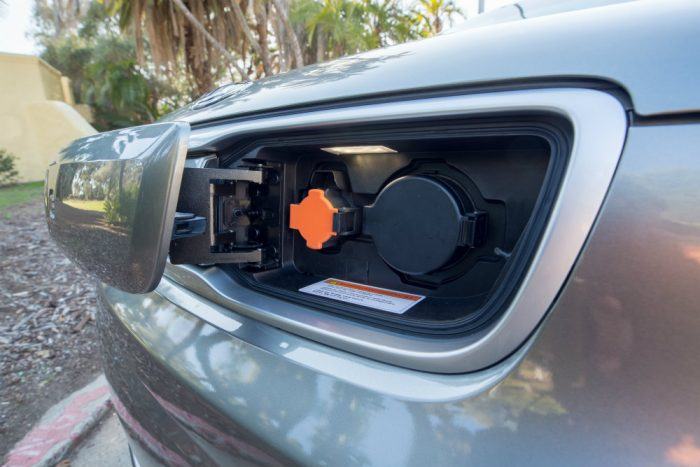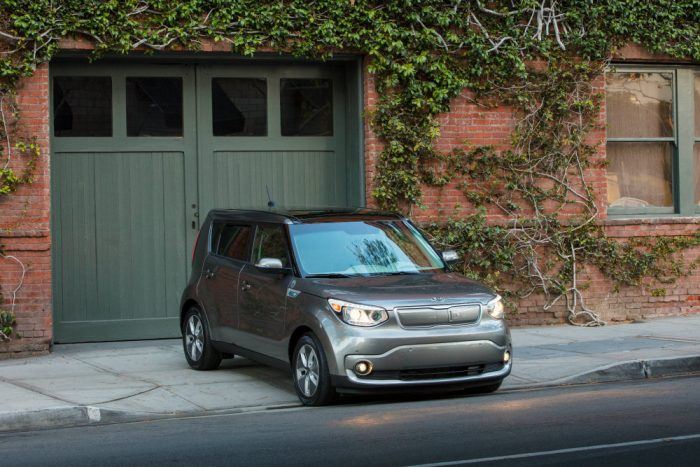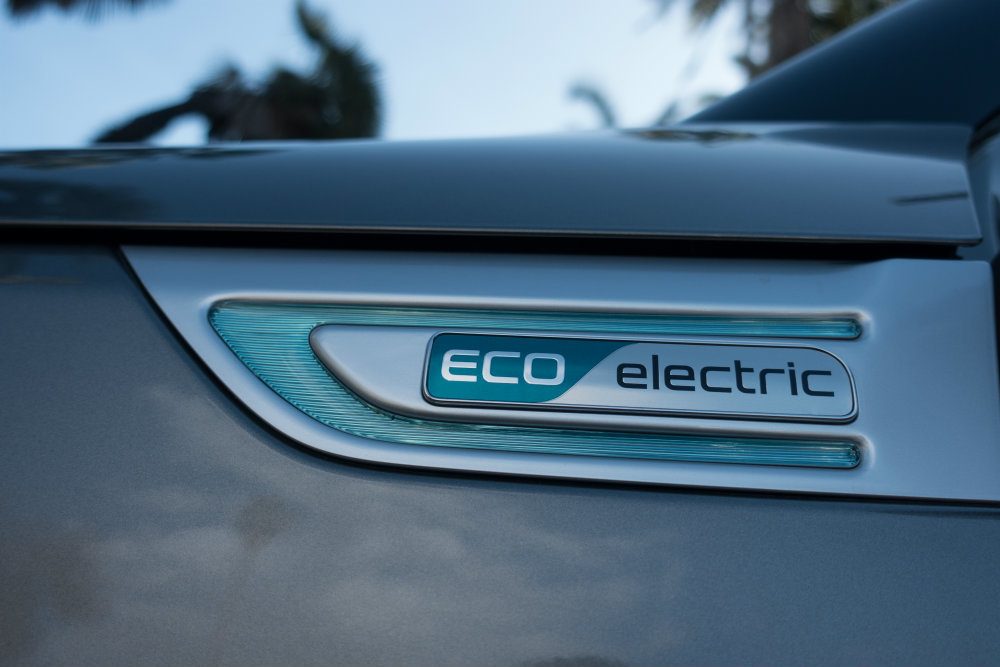Kia has come up with a rather nifty wireless charging system for EVs and, honestly, this sounds pretty cool. As anyone who has ever messed with tangled power cords and such knows, wires can be a real pain. And I’m also willing to bet a chunk of people who are hesitant to buy EVs don’t like the idea of having to mess with chords and wires, and always having to plug them in all the time.
Bright Ideas
About a hundred years ago there was this half-crazy Serbian guy named Nikola Tesla. About half of his ideas made logical sense (alternating current, florescent lighting etc.) and the other half were borderline ya-ya (electric death rays, The Tesla Ozone Company etc.) but my favorite idea of his, borderline ya-ya or not, was power transmission without wires. No, I’m not sure how it was supposed to work, or even if it would work, but the idea itself was fantastic. No more wires, no more plugging things in, everything just runs.
What Kia and their tech partner in this, Mojo, have come up with isn’t a full on Tesla deal, but it’s still pretty cool. Kia rigged up a small fleet of its popular Soul to develop the wireless charging system. And the really neat thing about what they came up with is that not only is it wireless, it’s not nearly as finicky as you’d expect. Even when the Kia Soul is misaligned over the charger, the system can wirelessly charge cars with up to 85 percent efficiency.
The wireless charging system, which has been in development for three years already, is said to be an important step in the future of electric vehicles, according to Hyundai and Kia. And it’s easy to agree with them. If you can take another hassle out of owning an electric vehicle, the better our EV future will be. The project, a collaboration between Hyundai and Kia, Mojo Mobility Inc., and the U.S. Department of Energy, shows a way for future electric vehicles in which plugs are no longer necessary.

Park & Charge
The system works by using an electromagnetic field to transfer energy between two coils. There’s a transmitter on the ground and a receiver on the bottom of the vehicle. You simply park your car above the transmitter to begin charging and the electrical energy is sent through an inductive coupling, which uses that energy to charge the battery. It’s the same way a Sonicare toothbrush charges, only on a much bigger scale. And again, even if there is some misalignment between the transmitter in the ground and the receiver in the car, charging can still happen.
It’s easy to see how this system could play out: every shopping mall and downtown parking lot will have an inductive charging pad buried in it. All you have to do is park your car as you normally would, and while you’re away, it’s automatically charging, no muss, no fuss.

Future Considerations
Sadly, there are no current plans to offer the wireless charging system on production vehicles for sale to consumers. That makes sense, because while installing the wireless charging gear in the car would be pretty straight forward, it’s the parking space part of the equation where things get sticky. Sure, simply modifying parking spots is relatively easy, but it’s the number of parking spots that’s the potential problem.
There is also a downside on getting the charging pad installed for home use. The home high voltage charger for a Tesla, say, is easy to bolt into your wall and any competent electrician can hook it into your 220V line in a snap. The Kia system potentially means cutting into your garage floor to install the pad and run the wiring. That could be a hassle.
On the upside, if this system works out and becomes widely adopted, driving and charging – and therefore living with – your electric vehicle could become a lot easier.
Tony Borroz has spent his entire life racing antique and sports cars. He is the author of Bricks & Bones: The Endearing Legacy and Nitty-Gritty Phenomenon of The Indy 500, available in paperback or Kindle format. His forthcoming new book The Future In Front of Me, The Past Behind Me will be available soon. Follow his work on Twitter: @TonyBorroz.
Photos & Source: Kia Motors America.


